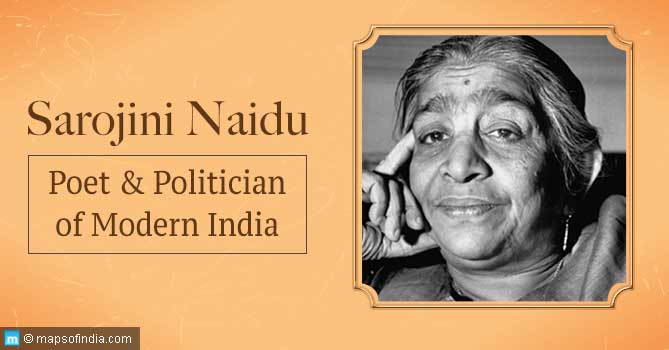March 23, 1931, will be forever etched on the minds of Indians, as on this day 3 young revolutionaries of the Indian National Movement were hanged till death. Bhagat Singh, Sukhdev, and Rajguru were convicted for their involvement in the assassination of assistant superintendent of police John Saunders. The three freedom fighters became an inspiration for the youth of that time, it made the youth of the nation to devote themselves to free the country and every individual from the shackles of British Imperialism. The execution took place in Punjab’s Husaainwala (in present-day Pakistan) on 23rd March, while it was originally scheduled to take place on 24th of March. The news of the execution was met with grief and sorrow throughout the country, the execution of these three young revolutionaries spurred a new life into the Indian national movement. The day is marked as Martyr’s Day to pay respect to the martyrdom of Shaheed Bhagat Singh, Sukhdev, and Rajguru, for their sacrifice for the freedom of the nation.
Simon Commission and the violent Lathi Charge
In 1928, the British Parliament had set out a commission to review the progress of the Indian Constitution to introduce constitutional reform. The committee was headed by Sir John Simon along with a group of seven British Parliamentarians, and due to no Indian representation in the commission, the arrival of Commission head Sir John Simon was met with strong opposition, many prominent nationalist leaders including Lala Lajpat Rai led the silent march while protests were lodged all across the country to oppose the formation of the Simon Commission. The Superintendent of police James A. Scott ordered a lathi charge on the crowd led by Lala Lajpat Rai, the nationalist leader was severely injured in the violent lathi charge and on 17th November 1928, Lala Lajpat Rai succumbed to the injuries and died of a heart attack.
Lahore Conspiracy Case
To avenge Lala’s death, the young radical members of Hindustan Socialist Republican Association(HSRA) namely Bhagat Singh, Sukhdev, Rajguru, and Chandrashekhar Azad avenged to kill James A. Scott, but due to the case of mistaken identity, they shot assistant superintendent of police John Saunders. After the incident, the British police was on the lookout for the conspirators of Saunders’ assassination.
Assembly Bombing and Trial
In the following year, Bhagat Singh along with Batukeshwar Dutt threw crude bombs inside the Central Assembly chamber on the British Parliamentarians to lodge their protest against the Public Safety Bill and the Trade Dispute Act. The intention was not to kill anyone but to send a message across the British Empire, as both could have fled from the scene but remained in the assembly while throwing leaflets across the hall, that read “It is easy to kill individuals but you cannot kill the ideas. Great empires crumbled while the ideas survived.”. Bhagat Singh and Batukeshwar Dutt were arrested, and following their arrests several other members of HSRA including Rajguru and Sukhdev were arrested by the British police. Bhagat Singh and Batukeshwar Dutt were tried on the charges of Assembly bomb blast, while the former was also tried along with Rajguru and Sukhdev for the Lahore Conspiracy case. The three young revolutionaries were sentenced to be hanged till death by the special tribunal set up on the directives of the then Viceroy of India, Lord Irwin, the tribunal carried out a one-sided trial during the proceedings without the presence of the accused.
Significance of their Sacrifice
It’s been 87-years since Shaheed Bhagat Singh, Shaheed Sukhdev, and Shaheed Rajguru attained martyrdom, their sacrifice gave a new momentum to the Indian National movement. It spurred the youth of their era to join the movement and help India achieve its independence from British Imperial rule, and establish an egalitarian society. They are still revered for their bravery at such a young age, their struggle that made the media take notice of these young revolutionaries, although their philosophy was opposite to that of Mahatma Gandhi but they all were dedicated to a single cause of attaining freedom from the British Crown. “Inquilab Zindabad”, a call that is still raised by the people against the apathy or injustices of the government, was made famous by the members of HSRA, it was a call for the revolution. As India walks on the path of development and modernity, it becomes more essential to realise the dearth of the sacrifice of these men who laid their lives so that we could breathe in the fresh air of freedom.






